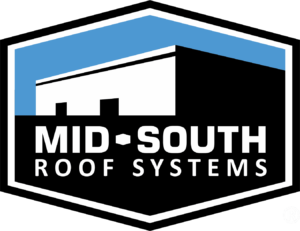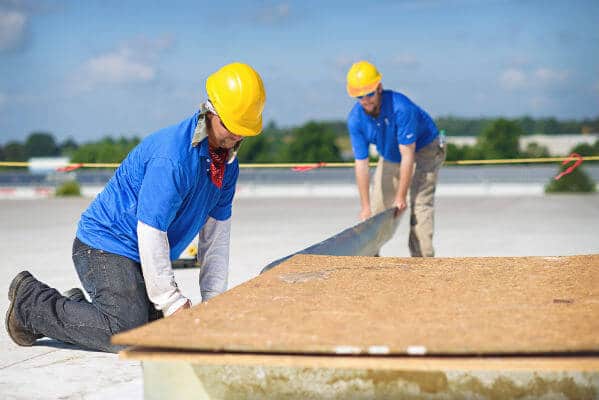Maintaining Commercial Roof Drainage Systems
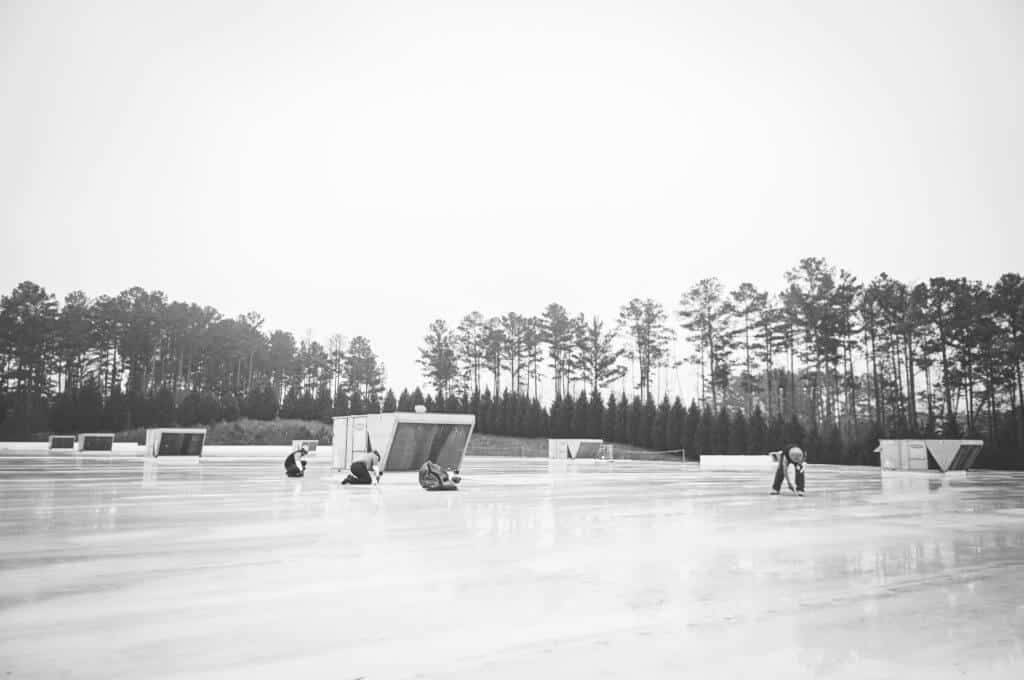

Most homeowners know that gutters and downspouts are the drainage system for their home’s roof. A gutter/downspout system is standard on most residences. Commercial roofs, however, employ a variety of methods to drain the water from the roof surface.
Commercial roof drainage systems are usually one of three main types. Here’s a rundown of those types along with some tips on how to properly maintain them.
1. Roof Drains
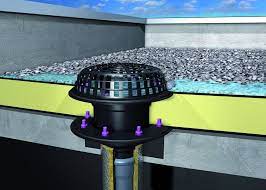
Roof drains, also called internal drains, work like the drain in your shower. Water flows to the drain due to the slightly sloped roof deck. Roof drain components work together to remove water from your roof. Key parts of the drain system include:
a.) Drain Basket/Dome
The drain basket, or dome, works as a strainer over the drain mouth to keep out debris. The basket is placed on top of the drain and locked into position by twisting it into the clamping ring. The basket helps keep debris from entering the drain pipe and obstructing water flow.
b.) Crickets
Crickets are ridges on the roof that direct water to the drain. Crickets can be made of insulation installed within the roof system or built into the structure of the roof deck itself.
c.) Drain Sump Pan
Drain sump pans also direct water to the drain. A drain sump pan consists of a sloped metal plate placed slightly below roof level. Sump pans work well for low-slope roofs, as the steeper slope needed to divert water is built into the pan itself.
Roof Drain Maintenance
Drain blockage could cause pooling on the roof and/or a rupture in the internal drainage pipe. The drain basket/dome should be inspected and cleaned regularly by a roofing professional.
A plumbing contractor should inspect the internal drainage pipes to ensure they are functioning properly.
2. Scuppers

Scuppers are rectangular drainage openings that are incorporated into parapet walls at roof edges. They can be covered on the outside walls by conductor heads or simply be an opening at the base of the parapet wall that allows water and debris to exit the roof.
Scupper Maintenance
Debris blocking the scupper and restricting proper water flow is a potential problem to monitor. Scuppers should be inspected and cleaned regularly by a roofing professional.
3. Gutters
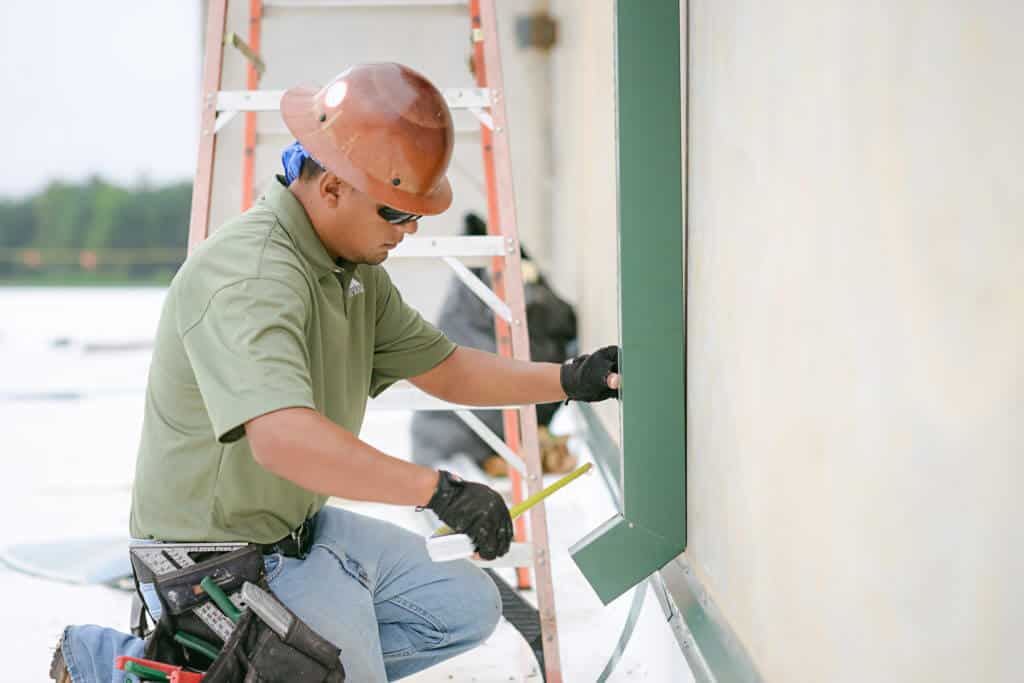
Gutters are horizontal metal troughs at roof edges that collect and redirect the rainwater flowing off the roof surface. The water exits the gutter through vertical pipes connected to the underside of the gutter. These pipes are known as downspouts. Downspouts deposit the water into an underground drainage system or redirect it onto the ground at the base of the building.
Gutter Maintenance
Debris can collect in gutters and downspout openings and keep water from exiting the roof as designed. The gutter system should be inspected and cleaned regularly by a roofing professional.
The Mid-South Difference
No matter what drainage system you’ve got, Mid-South is here to help you inspect, maintain and keep it working properly for as long as possible. Contact us today to schedule a roof drainage system inspection, and let Mid-South help you keep both your roof and business in good working order.
Want more expert roofing tips? Check out our blog!
LIKE WHAT YOU JUST READ?
Sign up for our newsletter to get fresh articles, updates and more!
Assess, Report and Decide: Get to Know Your New Building’s Roof
If you’re considering buying a new building, the very first item on your list should be to get an assessment of the roof’s condition. This analysis can prevent surprises down the line and—if the roof needs work—it can have a dramatic effect on the price you wind up paying for the building.
Why You Need A Roofer Onsite When You Install Your HVAC System
It’s common to place the heating, ventilating and air conditioning (HVAC) systems for large buildings on the roof. A successful rooftop HVAC installation usually involves the collaboration of an entire team of workers, so that issues related to the roof, structures, electrical and HVAC can be discussed beforehand. If an HVAC system is not coordinated…
